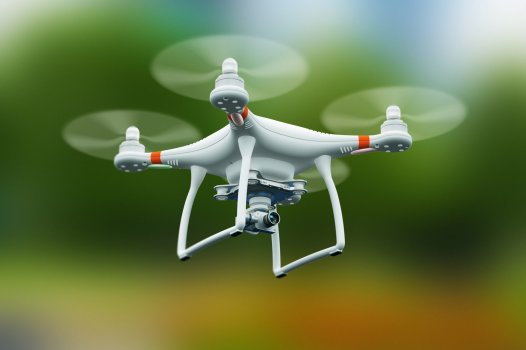K
Kathleen Martin
Guest
By 2022, 2.85 million small drones will be flying the friendly skies, according to projections by the Federal Aviation Administration.
Our numbers are nowhere near as high. According to Transport Canada, as of Aug. 31, 63,200 drones were registered in this country. There were 59,700 pilots with a basic certificate and 6,350 pilots (mostly flying drones for commercial purposes) with an advanced certificate.
One of those commercial purposes is insurance.
When insurers and contractors in Canada first began using drones, many employed their own in-house drone pilots, said Kabir Shaal, co-founder of Drone Software Canada. But those numbers have dwindled.
“Over time, we noticed there was less interest in in-house pilots and a [still]-developing interest in pilots for hire,” he said. “It has grown tremendously in the last few years.”
The main reasons? Cost of training and equipment, complex regulations, and attrition (pilots often change employment after getting certified). In fact, Shaal said he certified seven advanced pilots for one client; after 18 months, only one of the seven was still with the company.
But whether insurers use their own in-house pilots or hire pilots from a third-party company, drone use has several benefits.
First, it’s safe. Adjusters no longer have to climb a roof. “We go with eyes in the skies and feet on the street,” said Shaal.
Second, scalability. During a peak event, when many drone inspections are occurring, “a single drone operator can ‘feed’ multiple adjusters with precise, consistent data,” said Shaal.
Third, drones are faster than humans. According to Shaal, residential property inspections typically take 20 minutes.
Fourth is currency. “Some insurers have been using satellite imagery for measurement, particularly after cat events,” said Shaal. “It’s highly accurate.” But those satellite images “could be three days, three weeks or three months old,” he said. “And, in a cat event, you want to know the condition of the roof today. Drone imagery provides the current condition of that damaged roof or siding.”
Finally, drones are increasingly being used for pre-loss risk assessments, typically for larger buildings, such as schools, churches, and older commercial and residential buildings.
Continue reading: https://www.canadianunderwriter.ca/insurance/flying-high-drone-use-in-insurance-1004212510/
Our numbers are nowhere near as high. According to Transport Canada, as of Aug. 31, 63,200 drones were registered in this country. There were 59,700 pilots with a basic certificate and 6,350 pilots (mostly flying drones for commercial purposes) with an advanced certificate.
One of those commercial purposes is insurance.
When insurers and contractors in Canada first began using drones, many employed their own in-house drone pilots, said Kabir Shaal, co-founder of Drone Software Canada. But those numbers have dwindled.
“Over time, we noticed there was less interest in in-house pilots and a [still]-developing interest in pilots for hire,” he said. “It has grown tremendously in the last few years.”
The main reasons? Cost of training and equipment, complex regulations, and attrition (pilots often change employment after getting certified). In fact, Shaal said he certified seven advanced pilots for one client; after 18 months, only one of the seven was still with the company.
But whether insurers use their own in-house pilots or hire pilots from a third-party company, drone use has several benefits.
First, it’s safe. Adjusters no longer have to climb a roof. “We go with eyes in the skies and feet on the street,” said Shaal.
Second, scalability. During a peak event, when many drone inspections are occurring, “a single drone operator can ‘feed’ multiple adjusters with precise, consistent data,” said Shaal.
Third, drones are faster than humans. According to Shaal, residential property inspections typically take 20 minutes.
Fourth is currency. “Some insurers have been using satellite imagery for measurement, particularly after cat events,” said Shaal. “It’s highly accurate.” But those satellite images “could be three days, three weeks or three months old,” he said. “And, in a cat event, you want to know the condition of the roof today. Drone imagery provides the current condition of that damaged roof or siding.”
Finally, drones are increasingly being used for pre-loss risk assessments, typically for larger buildings, such as schools, churches, and older commercial and residential buildings.
Continue reading: https://www.canadianunderwriter.ca/insurance/flying-high-drone-use-in-insurance-1004212510/

